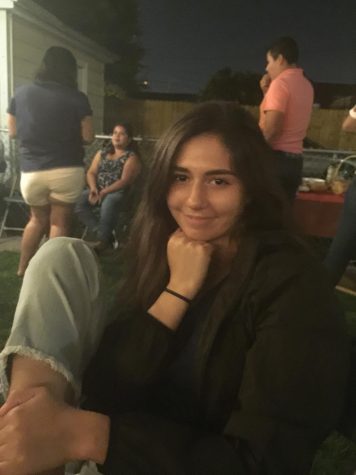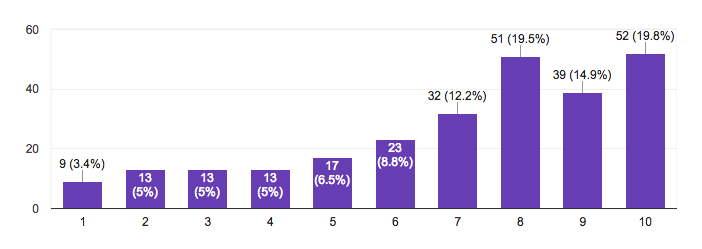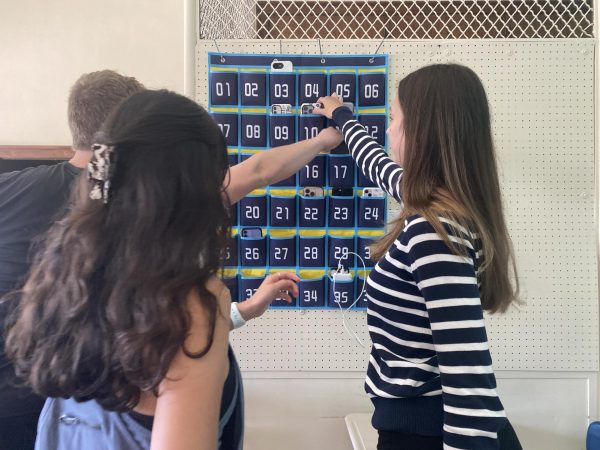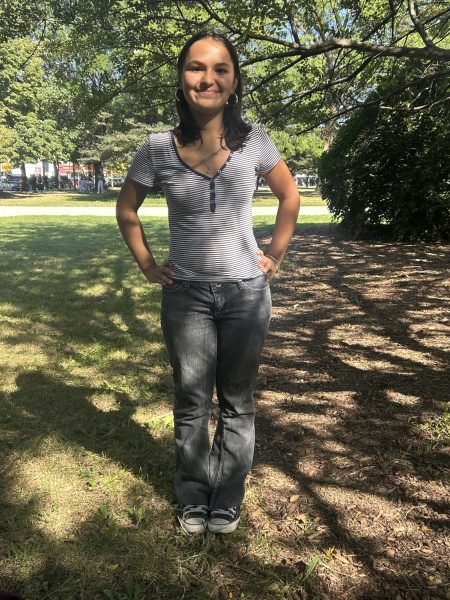Vaping–A Growing Epidemic in Schools
On a scale of 1-10, respondents were asked to rank how prominent they thought vaping was at Lane—1 meaning not prominent, and 10 meaning very prominent. The survey of 241 students was conducted from Oct. 1-12.
Earlier this month, the FDA seized more than 1000 documents from the e-cigarette producer Juul, a company now worth $15 billion. The purpose of taking the documents was to analyze the company’s marketing techniques, since they have been accused of purposefully marketing their products to kids and teens.
In just the last few months, the FDA has been increasingly targeting e-cigarette companies who are believed to be marketing their products to underage consumers as part of an effort to stop kids from using the addictive products.
Vaping is the act of smoking from an electronic cigarette, which usually contains a nicotine-based liquid. The most infamous e-cigarette is the Juul. In the last quarter of 2017, Juul made up 40 percent of the e-cigarette retail market share, according to a report done by tobacco control.
The Juul’s original purpose was to act as a cigarette replacement for people trying to quit smoking cigarettes.
According to a 2016 report by the U.K. Royal College of Physicians, e-cigarettes have been proven to be healthier and safer than regular cigarettes because they do not contain any tobacco. However, the creation of Juuls had an unforeseen effect among teenagers and middle schoolers after it was first released in 2015.
Adolescents are using Juuls to the point where the CDC has called it an epidemic. According to a CDC survey from 2017, about 12 percent of high schoolers and about 3 percent of middle schoolers had used an e-cigarette in the past month.
Lane’s school psychologist Ms. Gilson worries about the potential effects that vaping could have on kids and young adults.
“We know that the human brain is developing until its mid-twenties at the earliest,” Gilson said. “The introduction of the chemicals from vaping have been shown through some preliminary studies to having an effect on the proper development of portions of your brain particularly in the prefrontal cortex. This is the part of your brain that is still immature and handles things such as organizing, planning, time management, working memory. Those areas can be impaired form the effects of vaping.”
An anonymous Lane student said that the health risks do not concern them.
“It doesn’t influence my decision. My main thing is addiction and making sure that I don’t get addicted to nicotine.”
Vaping has raised concerns in schools, homes, and within the government.
In July of 2017, the FDA posted a press announcement claiming that they have a multi-year plan to protect kids from tobacco and nicotine. They will put nicotine and the problem of addiction at the forefront of their regulation efforts while also aiming to stop e-cigarette and tobacco companies from marketing their products to minors.
Two months later, they gave Juul sixty days to make a plan to keep minors from using their products. Those plans should be given by mid-November.
With even more controversy surrounding Juuls, adults and kids are creating class-action lawsuits against the company with the argument that Juul is targeting minors in their marketing and that Juul isn’t being transparent about the amount of nicotine in their products, according to a Washington Post article. However, Juul denies these claims.
To gain a better sense of how the trend is affecting Lane, a survey was created for student opinions. While the results do not fully encapsulate the entire school’s opinion, it does offer some insights to how some students feel.
From the sample, 17.8 percent of the 241 respondents to the survey said they have tried vaping at least once before. When asked to give a reason kids and teens may find satisfaction in vaping, over 30 percent of respondents stated they thought it was because people think vaping is cool. The two subsequent reasons were addiction and stress relief. In addition, about 67 percent of respondents agreed that there should be more regulations of e-cigarettes.
Finally, on a scale of 1-10, respondents were asked to rank how prominent they thought vaping was at Lane—1 meaning not prominent, and 10 meaning very prominent. 75.5 percent of respondents answered in the 6-10 range.
Lane’s student handbook categorizes e-cigarettes and vaping devices as “inappropriate paraphernalia” and considers them banned items. Consequences, as outlined in the handbook, include the items being confiscated and sent to the Discipline Office. Then, a parent must come to Lane to pick up the confiscated items.
However, Lane intends to handle these situations through instructional means, rather than just punishments, according to Assistant Principal Ms.Hanly.
“One of the things we are trying to be proactive about is that it’s not so much punitive but educational,” Hanly said. “We say that they have to have a conversation with the nurse to talk about the detriments to engaging in this activity. Another thing we’re trying is having kids meet with peer conference students to talk about the choices that they are making, and seeing if kids will listen to other kids more so than they do the adults.”
The CPS Code of Conduct categorizes the “possession and/or use of tobacco or nicotine products, matches, or cigarette lighters” as disruptive behavior. The possible consequences if someone is caught include having a teacher, student, parent/guardian, or administrator focus on why you chose to use the product and develop a strategy to prevent it from happening again. Consequences may also include detention and a maximum of three days of in-school suspension.
Dean of students Mr. Lopez said that Lane is waiting for CPS to come out with an updated, official policy before the school makes any definite policies.
Hanly said that she doesn’t understand why students decide to vape. However, she knows what questions need to be asked as part of solving the problem.
“How can we find ways to help kids feel those sensations of relaxation and the idea of ‘self-medication’ through healthier means? How can we teach to kids to cope better when things are really stressful, so that they don’t make these choices,” Hanly said.
Gilson also expressed the necessity for students to have somebody to talk to.
“I think as a teen sometimes you might forget that your parents have endured adolescence themselves, and they know that it’s tough and they know it involves a lot of managing, independence and decision making, but they have successfully navigated adolescence,” Gilson said. “If you think that you’re just supposed to be perfect around them, then you might be selling them short.
“For kids who might find themselves caught up in an addiction to nicotine, or they feel shame around it, or that vaping is making them feel sick, then please consider going to a parent, myself, our social worker, your school counselor, or a trusted teacher, but especially your parent,” Gilson said. “You might be underestimating their capacity for helping you.”
If you are struggling with a nicotine addiction and want to quit, Gilson highly suggests that you don’t stop altogether at once.
“If you want to stop a habit, you should replace it with another one that can offer you some similar satisfaction,” Gilson said “Never cold turkey or stopping, but instead find something that offers some similar benefits, and just replace one behavior for that one.”
Your donations directly fund the Lane Tech student journalism program—covering essential costs like website hosting and technology not supported by our school or district. Your generosity empowers our student reporters to investigate, write, and publish impactful stories that matter to our school community.
This website is more than a publishing platform—it's an archive, a research tool, and a source of truth. Every dollar helps us preserve and grow this resource so future students can learn from and build on the work being done today.
Thank you for supporting the next generation of journalists at Lane Tech College Prep!

Senior Evelyn Huzenis has been writing for The Warrior since her junior year and is currently a features editor. Her passion for writing and reading spurred...




